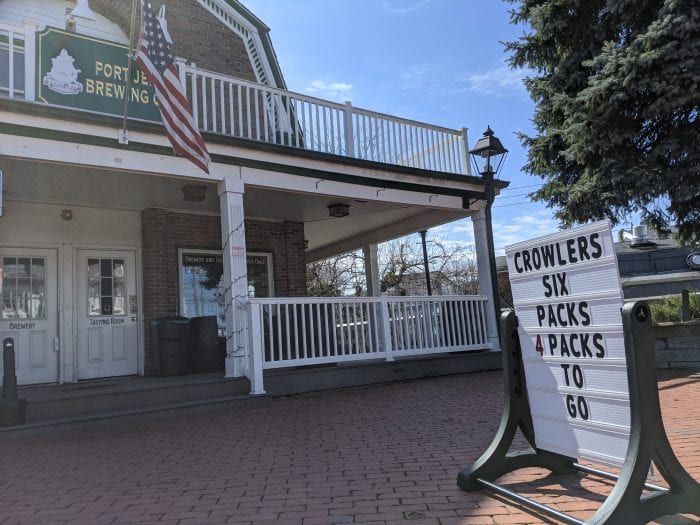Small businesses are the Atlas of the economy. Too often attention is paid to the huge corporations, whose employment numbers are cited for why they need stimulus in times of crisis. However, when money circulates at the ground level, it tracks among the small businesses, our friends, our neighbors.
That’s why it’s so disheartening to see a program meant to support those same small businesses first be shuttled through banks who simply weren’t prepared for it, then being abused by large companies it wasn’t made for, and now is seeing constant changes which may make using the loan a kind of poisoned chalice, one that looks appetizing but may just be a death blow to any who drinks from it.
The fact the Payment Protection Program was shunted through banks in the first place was a misstep. Many small business owners complained clients of the banks were given preference (and even among those, larger companies were prioritized). Smaller-sized banks themselves found they had to establish a whole new infrastructure for handling and dealing out these loans.
And then, companies with many more employees nationwide than the requisite 500 or under had received such loans because of loopholes in the lending requirements. Approximately 94 loans were made to publicly traded companies, totaling around $365 million. Reuters reported that well over 70 of these companies which received aid had months of emergency cash on hand to get them over the hump. The loans of up to $10 million were designed to tide over small businesses for eight weeks, rehiring staff in the process.
A program that started with $349 billion has grown to $669 billion after thousands were left high and dry after the first round of loans. This program that was meant to support small businesses has contorted into a mess of paperwork that has many concerned it will saddle them with debt long term.
Some owners find they have no reason to take on their furloughed labor if none of them wish to return to work anyway. With many fearing the economic impact could last much longer than eight weeks, even more are concerned they may have to lay off employees once again just a short time after spending the funds.
Some businesses have reported anxiety at using the funds at all, fearing that they will somehow make themselves ineligible for the loan turning into a grant. Many businesses rely on independent contractors, but according to loan rules, none of the money received can be used for contract labor.
Politico wrote May 8 that the watchdog agency of the Small Business Administration (the SBA administers the PPP loans) reported the federal agency has strayed away from the original language of the law in creating new restrictions. PPP requires businesses to spend 75 percent of the loan on payroll to get forgiveness and that the balance must be paid back in two years. Both of these bylaws were absent from the original bill.
But questions still weigh heavily on the minds of business owners. Everything most people understand about the loans can still change.
All this goes to show PPP was unleashed too hastily and clarifications have been much too slow to roll out. Small business owners need specifics and they need guarantees. Guidelines need to be strict enough to avoid scams while keeping in mind the reality of modern day small businesses.
U.S. Sen. Chuck Schumer (D) has already called for easing restrictions. Our other local federal representatives must hear owners’ concerns, and then relay those fears to the U.S. Treasury Department and SBA.
These small businesses need that help, because if we lose them, some of the best parts of our communities go with them.





